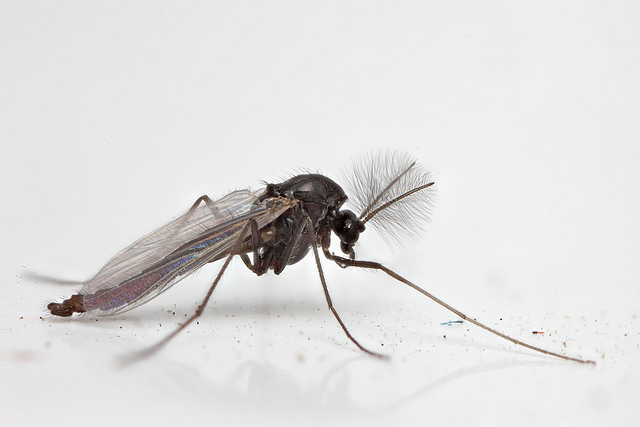 Almost every apartment has a so-called green corner in which flowers and other plants grow safely, but there are unfortunate situations when the home flora is exposed to diseases.
Almost every apartment has a so-called green corner in which flowers and other plants grow safely, but there are unfortunate situations when the home flora is exposed to diseases.
The main source of the problem is the flower midge. This begs the question: “What are the causes of the appearance of midges, and what effective methods of getting rid of them can be used at home?”
Content
Where do gnats come from?
Before starting treatment of plants, you need to find out how and where the pests got into the home greenhouse, and also why they chose the soil near this flower as their habitat. Here are some of the main reasons for the appearance of black and white midges:
- Humidity. Excessively frequent watering leads to stagnation of water and its decay, and this is a very favorable environment for the propagation of flower midges.
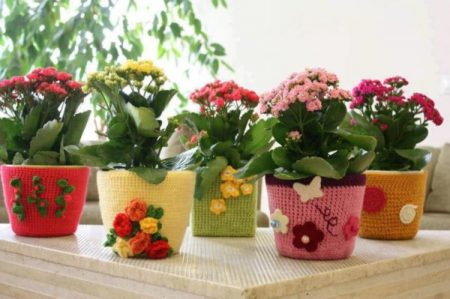
- Contaminated land. Such soil can be caught both in the dive ground and in new containers purchased at the store.
- The window is wide open. Insects can easily enter the apartment directly from the street. Having found suitable conditions, they begin to "equip" their new home.
- Watering is not water. Some housewives love to feed plants with unsuitable liquid for irrigation, for example, tea leaves, humus, a decoction of vegetables or any other organic matter. Such experiments contribute to soil decay and pests.
Types and characteristics of flower midges
There are 2 types of midges: black and white:
- White midges (earthen fleas, whiteflies, fruit flies, ponds), who have chosen a flower pot, settle on the upper soil layer, creating a white coating. They have a grayish-yellowish or white color, reach a size of about 1 mm.
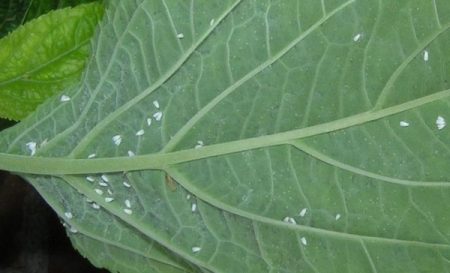
- Flying black midges (sciaridae). They are also called "mushroom mosquitoes." They have a narrow body, and reach a length of up to 2 mm.
What are harmful midges?
The biggest danger of the midge is that it lays a huge number of larvae in the ground, which are saturated due to the root system. Under the condition of severe infection, the larvae completely destroy the roots of the plant, and then inevitable death awaits him.
Important! At the last stage of the disease, the flower can no longer be saved!
Plants in which midges are found most often
Although flower midges are unpretentious, they carefully choose their "victim" and harm not all plants in a row. Porods, for example, prefer to settle in pots with flowers that have juicy and delicate leaves - begonia, fuchsia, orchid. Sciarides prefer to live on plants with thick leaves - ficus, violet, azalea.
For reference! All types of pests do not tolerate mint and tobacco odors.
How to get rid of midges at home?
There are several pest control methods, and each is effective in its own way. Next, we consider in detail the description of each of them.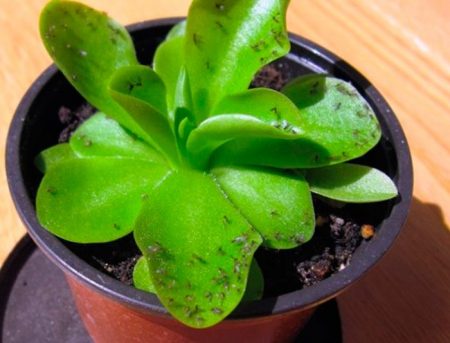
Folk methods
Before applying the popular methods of war against midges, the soil in the pot needs to be dried, loosened and cleaned of dry and diseased leaves. Then you should follow the step by step instructions:
- water the plant with a pale pink solution of manganese of small concentration (otherwise you can burn the roots);
- place the peel of an orange or lemon in the soil near the diseased plant to scare away the midge with a pungent odor;
- water the earth with a solution of household and tar soap in equal proportions;
- put match sulfur in the ground (a pair of matches is enough);
- fill the soil with wood ash;
- sprinkle the ground with tobacco (this aroma also repels midges well);
- stick garlic (a couple of cloves) in a pot in a circle, after cutting them in half;
- put a container with ammonia near the flower pot;
- insist celandine, strain and spray the leaves of the plant;
- sprinkle ground with crushed cockroach chalk.
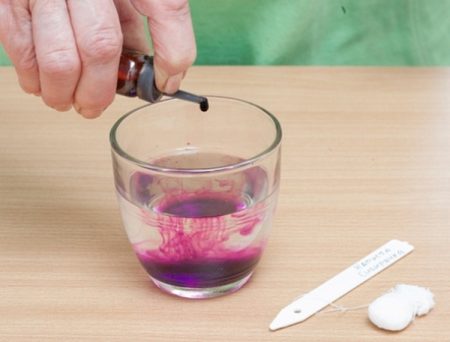
Physical methods
- The most win-win option is to completely change the ground in the pot, but in order not to harm the root system of the plant, this should be done very carefully and carefully. Before laying new soil, the pot must be sanitized with boiling water.
- If the pests have not yet had time to thoroughly settle in a pot, you can replace only a couple of top centimeters of soil.
- It is advisable to place adhesive or sticky tape around the container. The mice will adhere and will not be able to lay larvae, that is, after some time their population will come to naught.
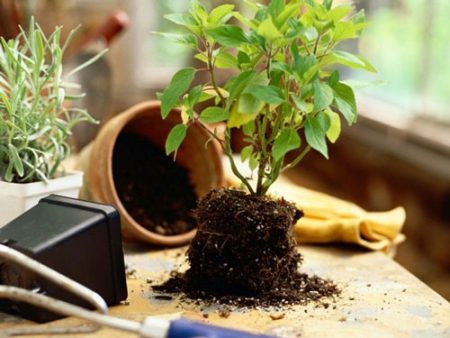
Chemicals
If none of the above methods gave a positive result, you can resort to chemical agents to combat parasitic insects. Fortunately, today flower and household stores offer a wide range of various sprays and aerosols. You need to be extremely careful and careful when using chemistry, because improper use can lead to the death of not only midges, but also the plant itself. Before use, you should thoroughly read the instructions and strictly follow all recommendations. Also, during processing, do not forget about personal protective equipment - gauze bandage, glasses, a dressing gown and gloves.
For processing most often use:
- Aerosol insecticides: "Dichlorvos", "RAID", "RAPTOR", "NEO". Spray the topsoil and the plant itself.
- Liquid solutions: Thunder, Fufanon, Aktara, Mukhoed, Bazudin, Inta-Vir, Actellik, Karbofos, Agravertin, Kinmiks, Fitoverm, etc. .d. According to the instructions, dilute and process the plant and topsoil.
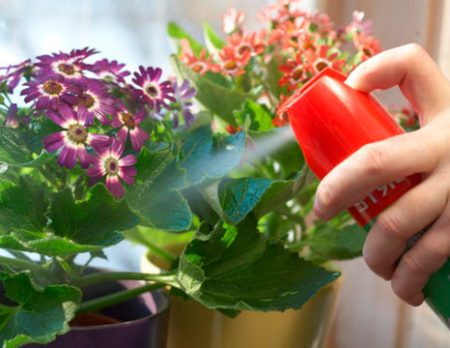
After the session is completed, you need to wrap the pot with the diseased plant in a plastic bag, as if creating a "toxic greenhouse", and leave it for 8-10 hours. Over time, all harmful midges will die, and the remnants of chemicals remaining in the soil will not allow new colonies of pests to settle again in this pot.
Prevention of the appearance of midges in flowers
In order not to puzzle over the treatment of the plant in the future, you need to think in advance about the prevention of their appearance. By adhering to and following some rules, you can save green pets from unpleasant guests. Here are some helpful tips:
- Do not pour a lot of water. It is recommended that each plant select its own frequency of watering. You also need to consider seasonality. In summer, flowers need more fluid than in winter.
- Maintain optimal moisture levels. Before watering the plant again, you need to make sure it needs it or not.
- Regular loosening of the soil near the flower helps to saturate it with oxygen, which will prevent the formation of lumps and soil caking.
- Make a drain. It helps water penetrate deeper into the soil, saves from souring.
Avoiding the attack of harmful flower midges is easy with simple precautions. In the event that the trouble has already occurred, do not despair, and even more so, throw away your favorite plant.Of the many options for controlling midges in flower pots at home, you can choose the most convenient and effective. Remember that it is easier to cure a green pet in the early stages of the disease until the pests do irreparable harm to it!

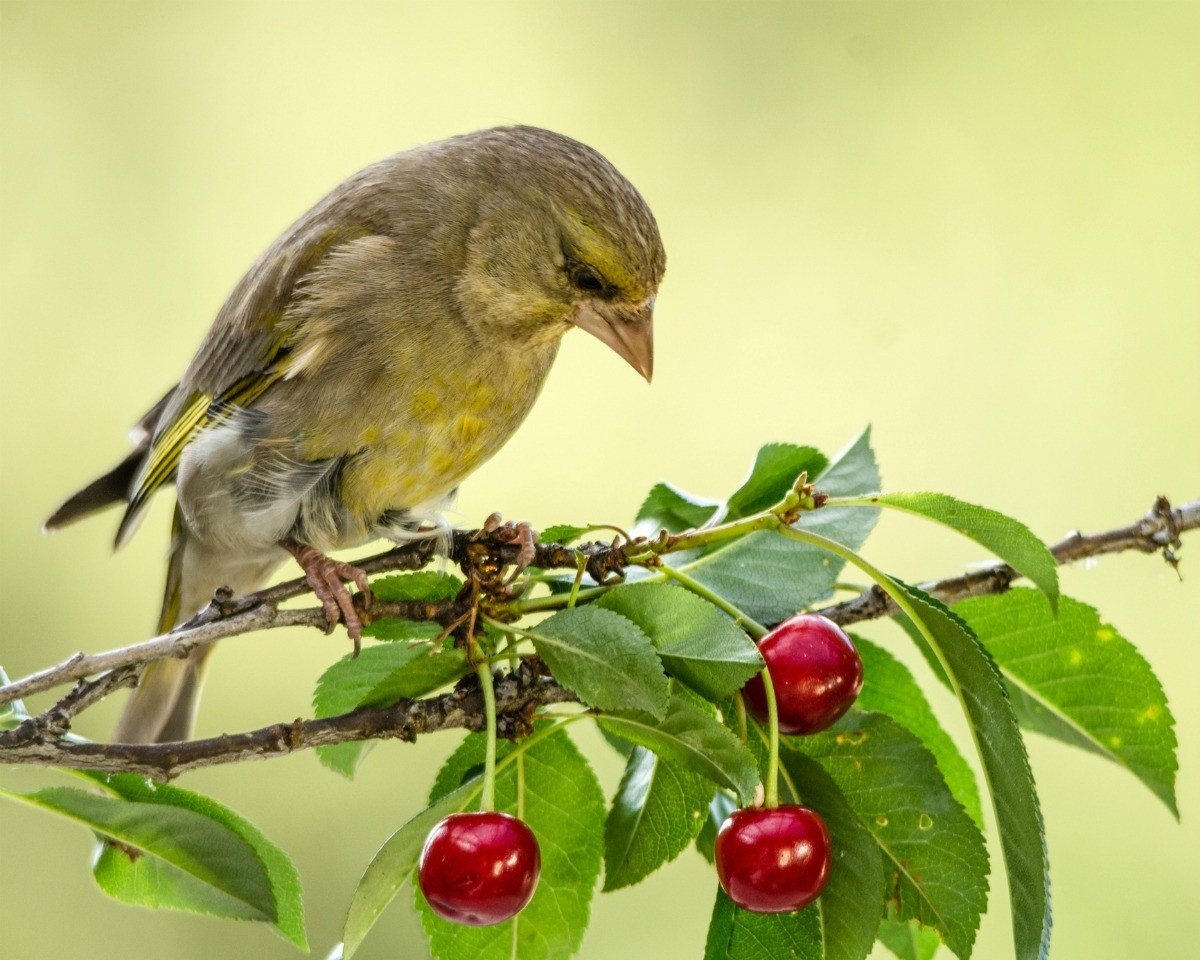
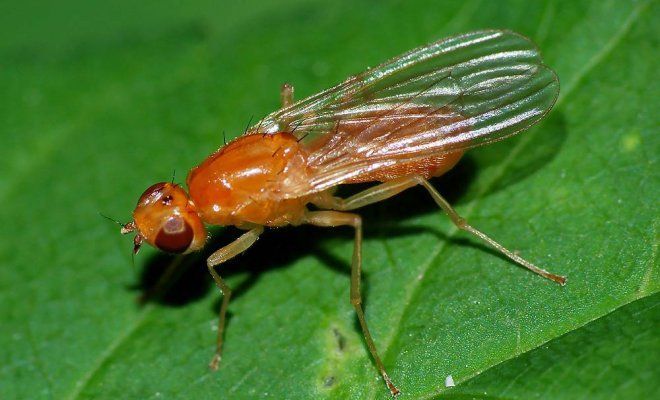
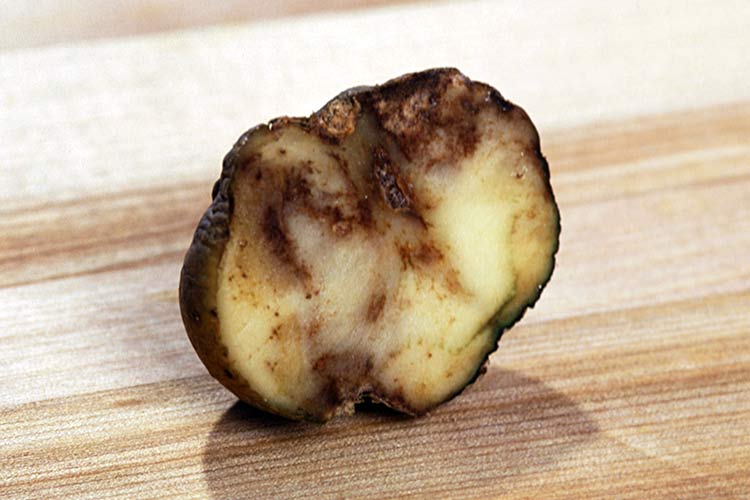
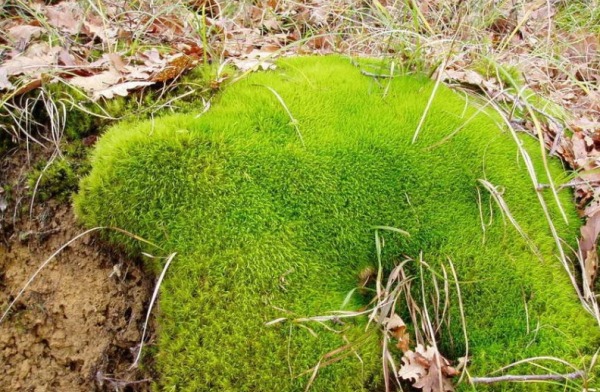 Where does moss come from in the garden and is it necessary to get rid of it?
Where does moss come from in the garden and is it necessary to get rid of it?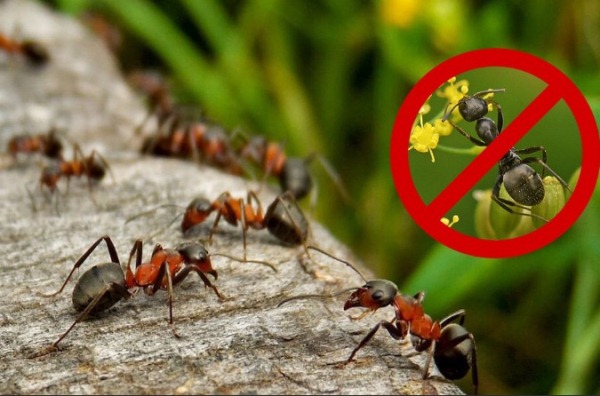 The most effective ways to deal with ants in the area
The most effective ways to deal with ants in the area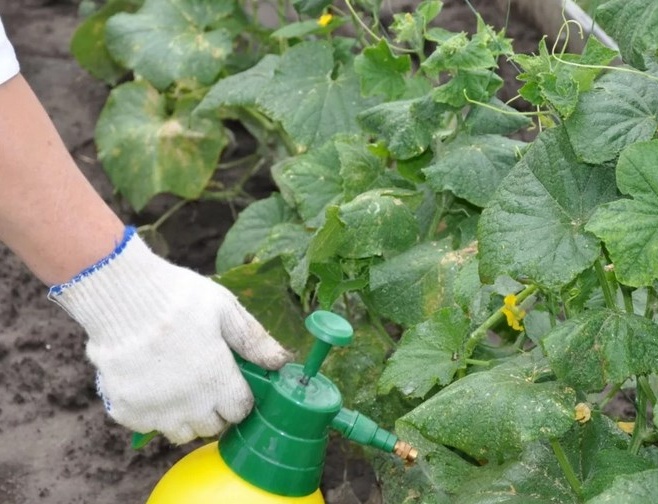 Cockchafer and Bear: An Easy Way to Save Plant Roots
Cockchafer and Bear: An Easy Way to Save Plant Roots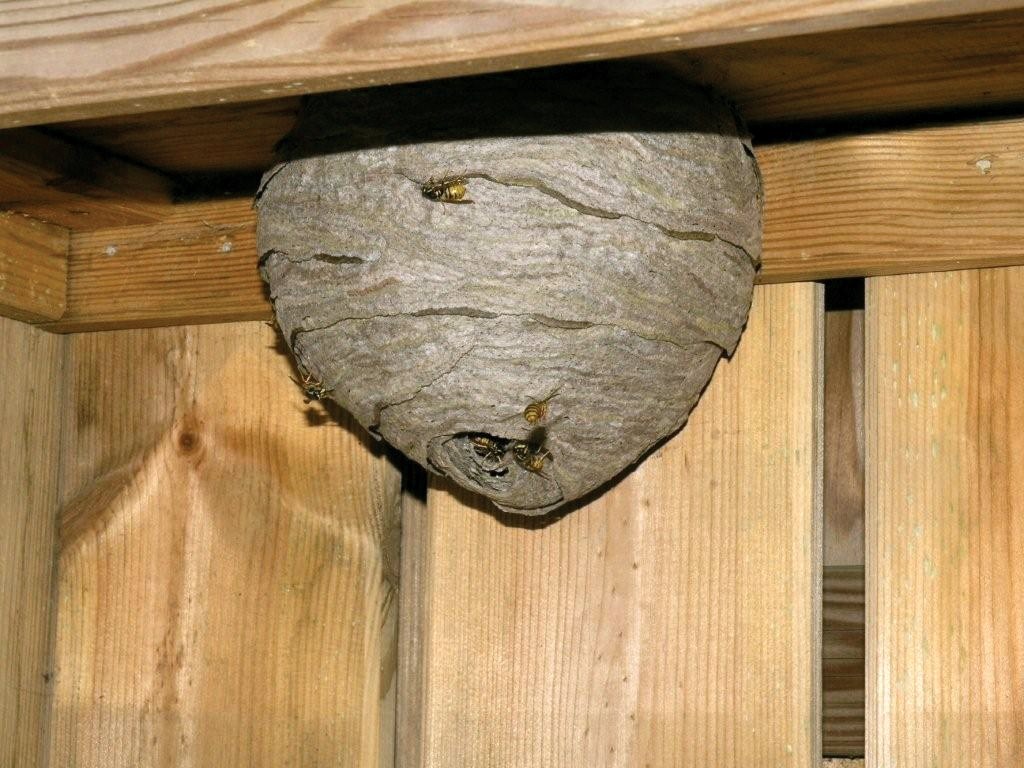 Get rid of the aspen nest quickly and safely.
Get rid of the aspen nest quickly and safely.